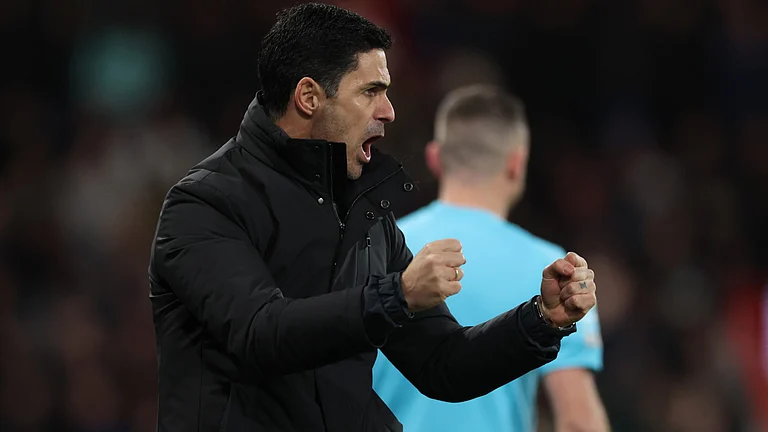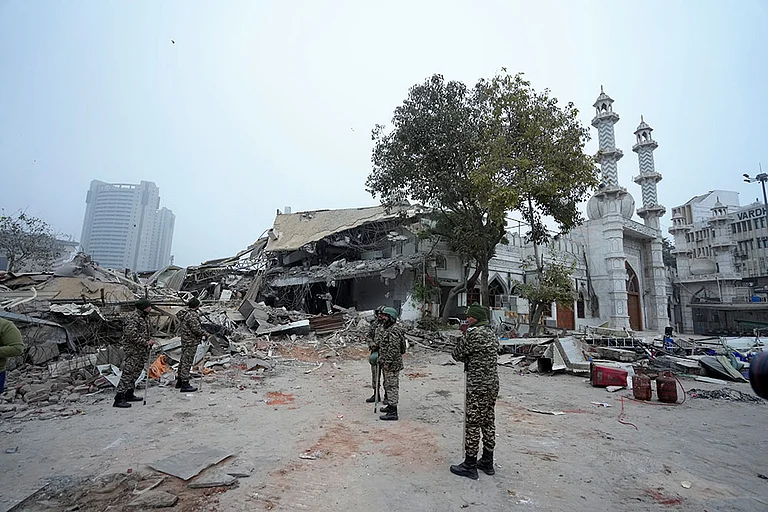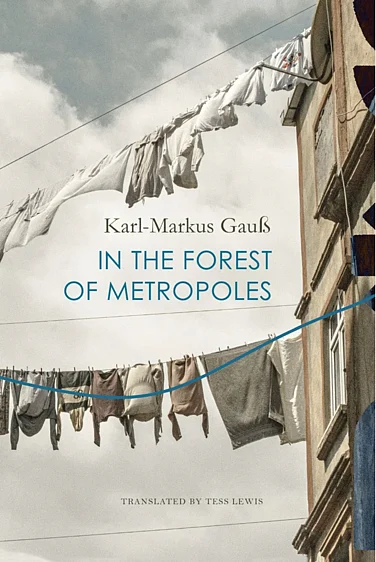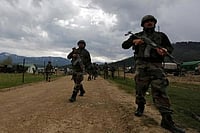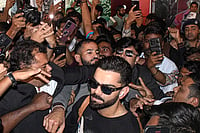Today, acknowledged master as muralist, painter, sculptor and architect, Gujral's writing adds another dimension to his expression. As his second attempt at autobiography writing, it has taken several years for completion. It has that very disability which perhaps has intensified his powers of vivid recall—his desire to communicate with the world.
The process whereby he was encouraged by his father to become an artist, his training at the Mayo College of Arts in Lahore, his encounters with professors B.C. Sanyal, Master Ata Mohammed, artist Roop Krishna and critic Charles Fabri are spiced with delicious anecdotes. Initiation into the J.J. School of Art led him into mastering the English language and friendships with P.N. Mago, F.N. Souza and Gaitonde and (later) the critic Rudy von Leyden. The book disappoints only by the fact that it describes his sundry meetings and adventures, but never really gives us his views on his art or that of his contemporaries.
Gujral's career was shaped by accidental encounters; but they are also a comment on his tenacity. An accidental meeting with the poet and diplomat Octavio Paz resulted in his being chosen for a scholarship to Mexico—a course which changed his life. Young Gujral had the opportunity to meet an assorted mehfil of poets and great artists working in Mexico.
On returning to India Satish narrates his encounters with almost every significant person in the art world: Mulk Raj Anand, Khandalavala, von Leyden, Barada Vakil, Charles Fabri—but curiously he hardly mentions artists or their work. Almost immediately his portrait of Lala Lajpat Rai involved him in a controversy, where he was finally rescued by Pandit Nehru and which resulted in portraits of the prime minister and daughter Indira. The last raised issues in the press decades later during the Emergency, causing what the author saw as a permanent estrangement with Mrs Gandhi.
Controversies seem to have dogged Gujral, or perhaps they were also his choice. He revels in describing the furores caused—by his comments on Husain's paintings which led him to be branded as a Hindu communalist; by his building the Belgian Embassy when he was not a trained or licenced architect, bringing severe criticism. Even when he finally fractured the leg that had afflicted him all his life and was threatened by amputation, he mentions the advantage of being helped out by his son in the construction.
It is this very attitude of rugged determination which becomes Gujral's trumpcard. While one would like to have seen more reflections on art practice, we discover instead the man himself.







